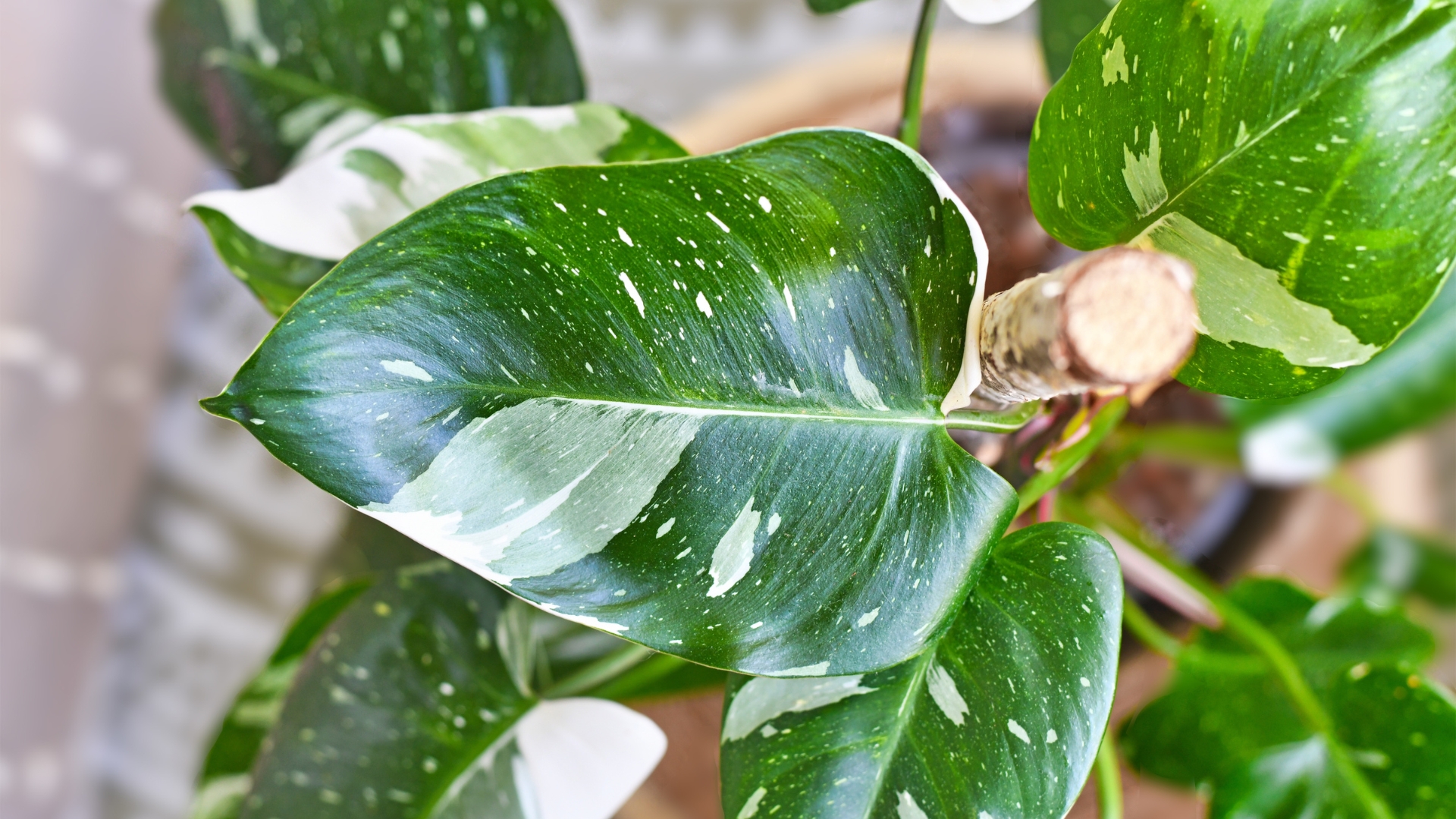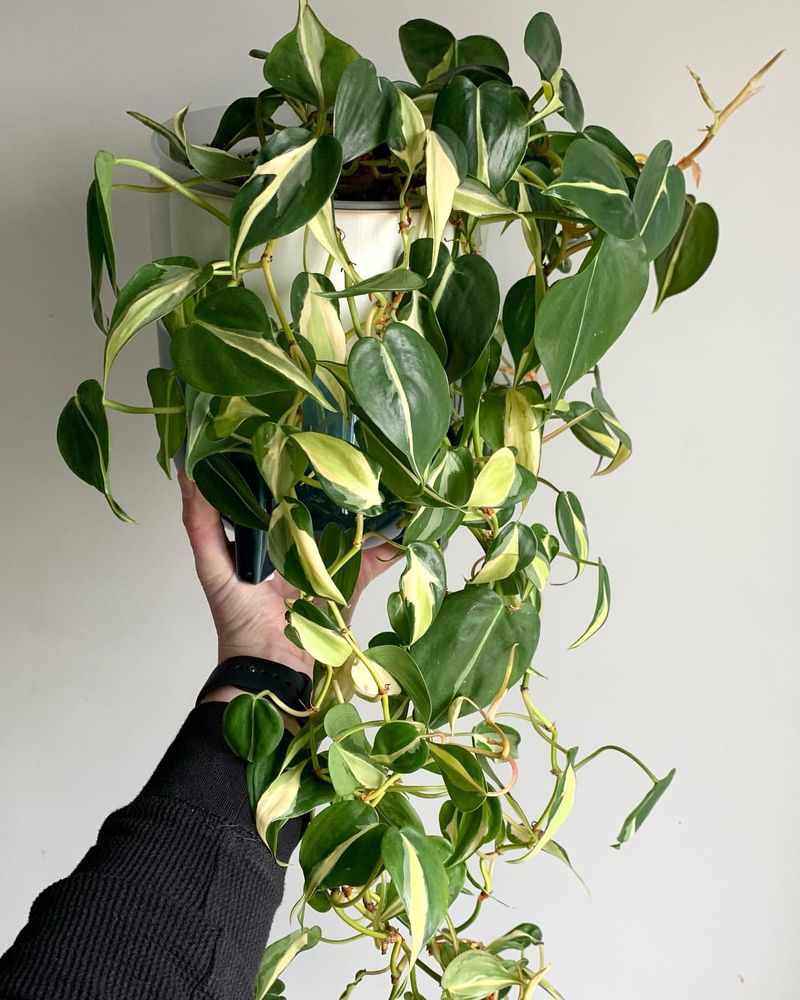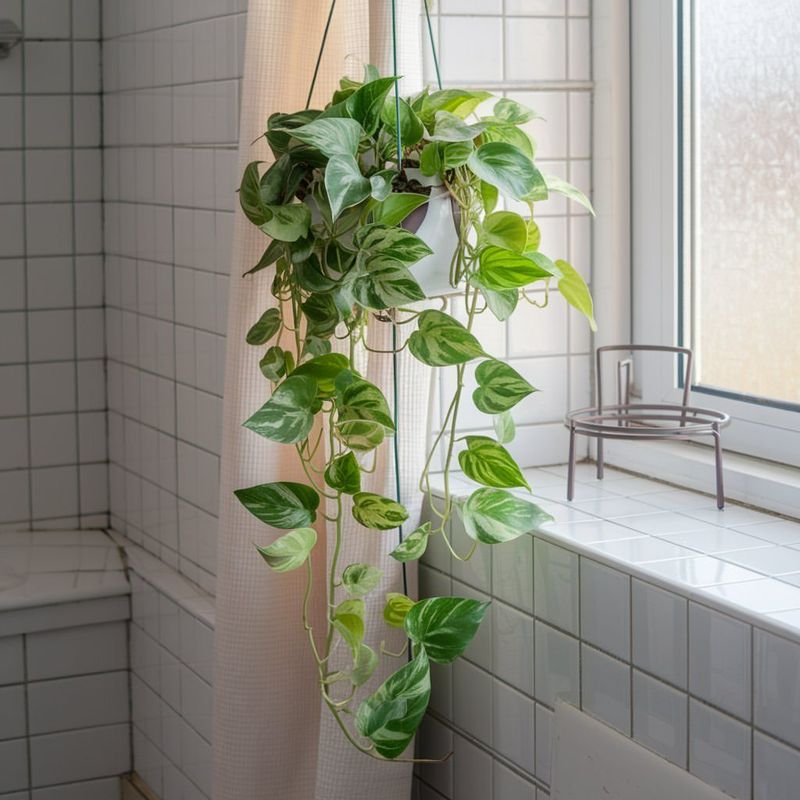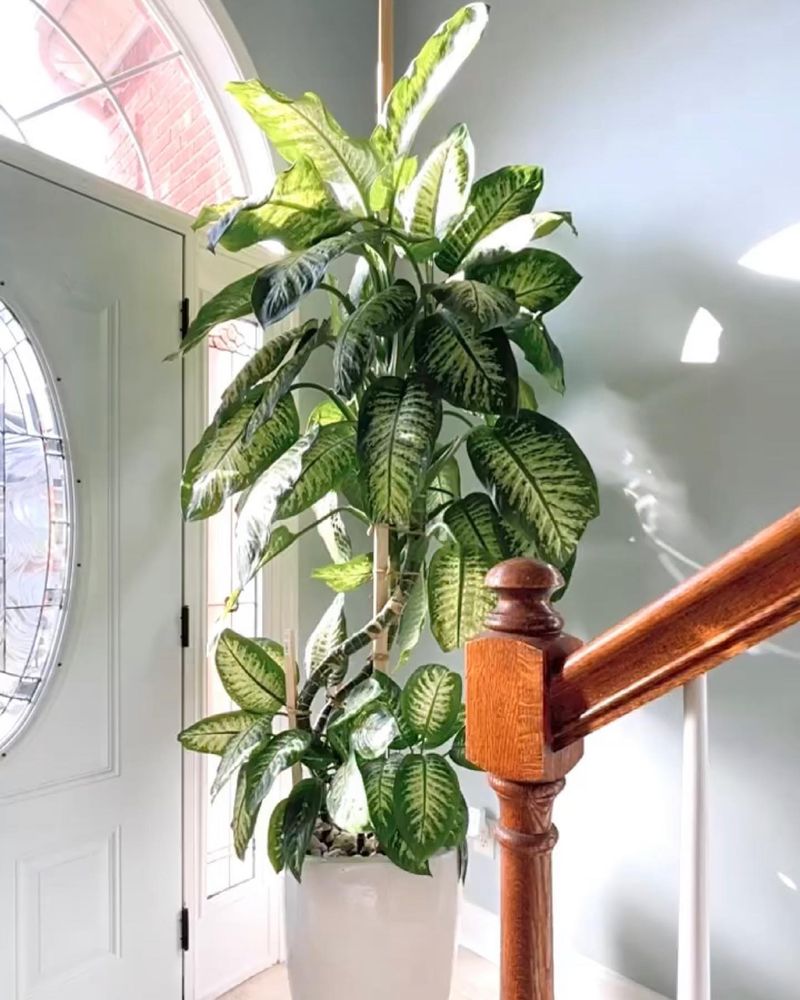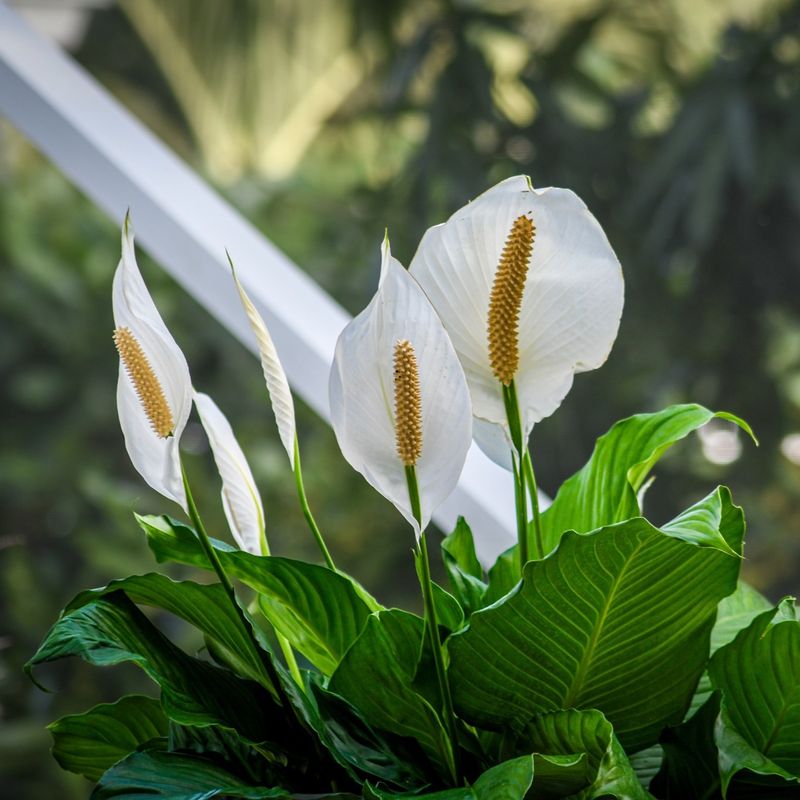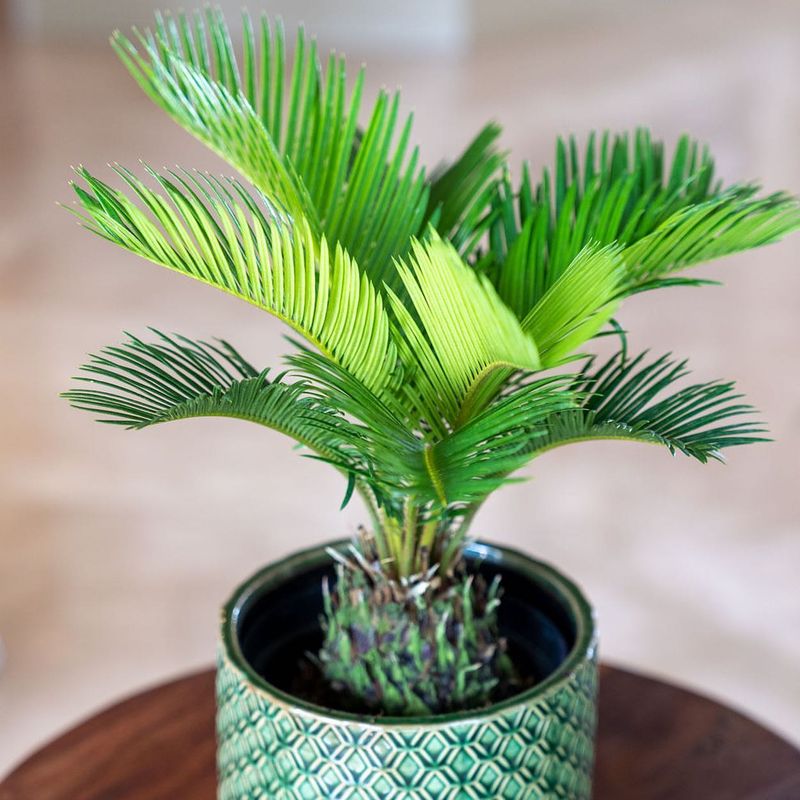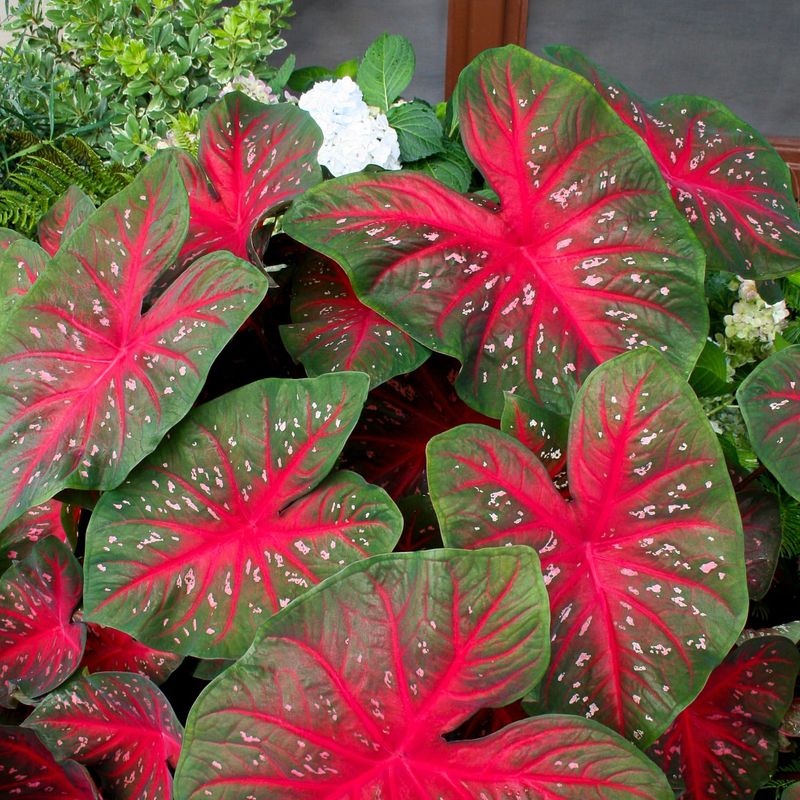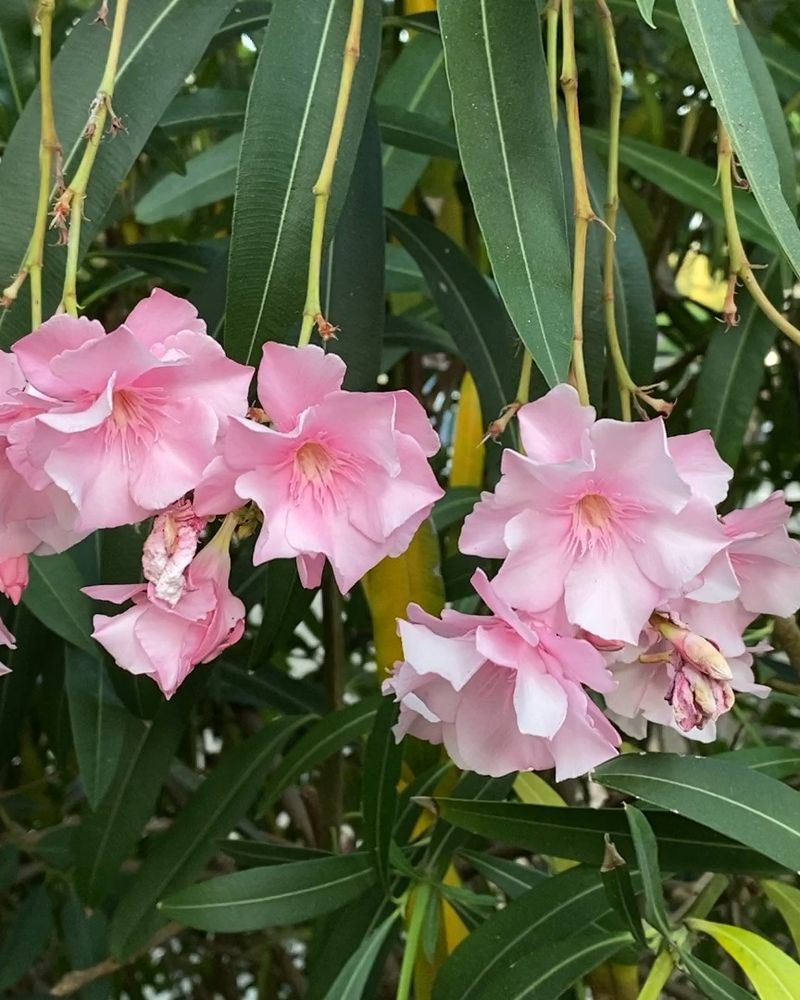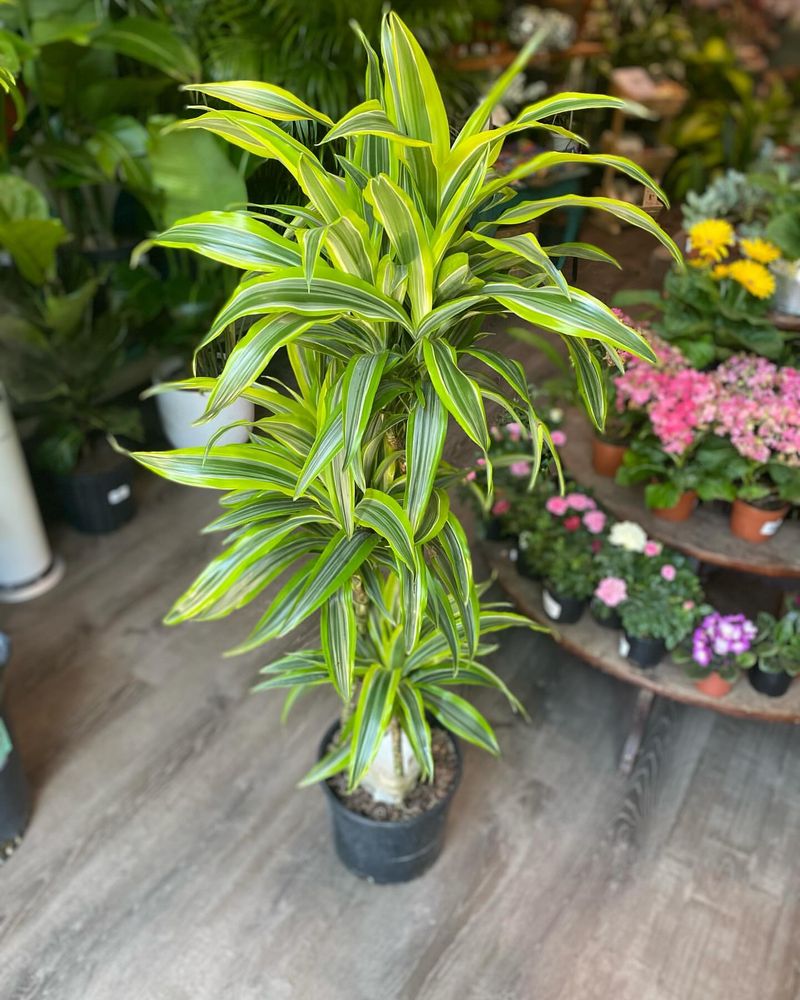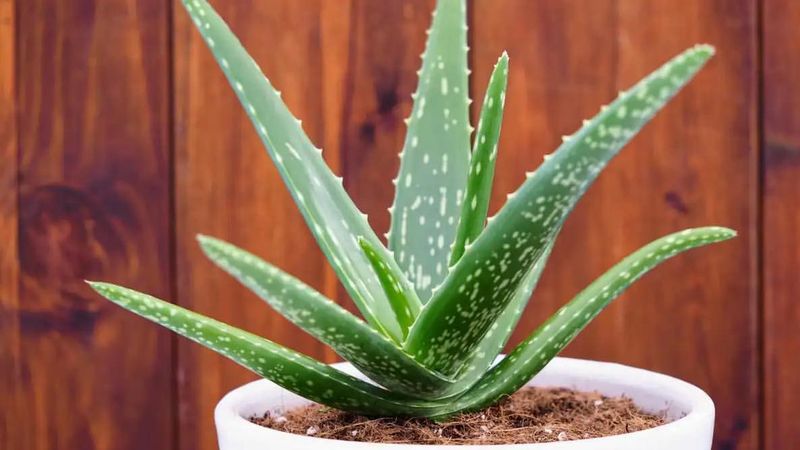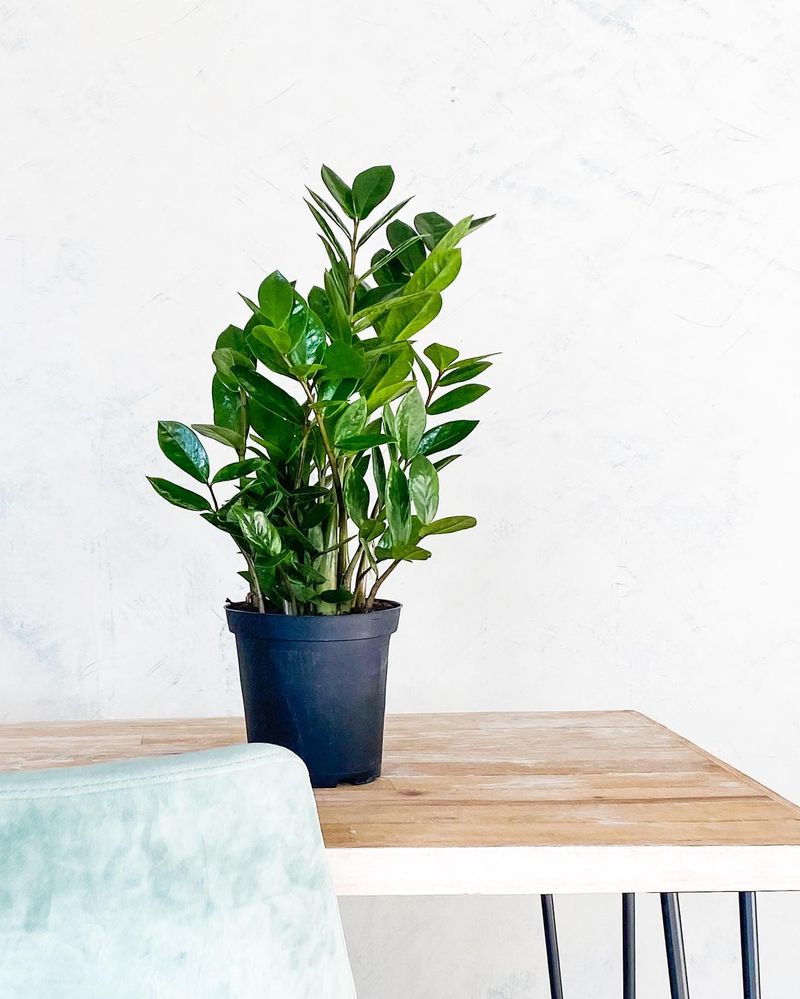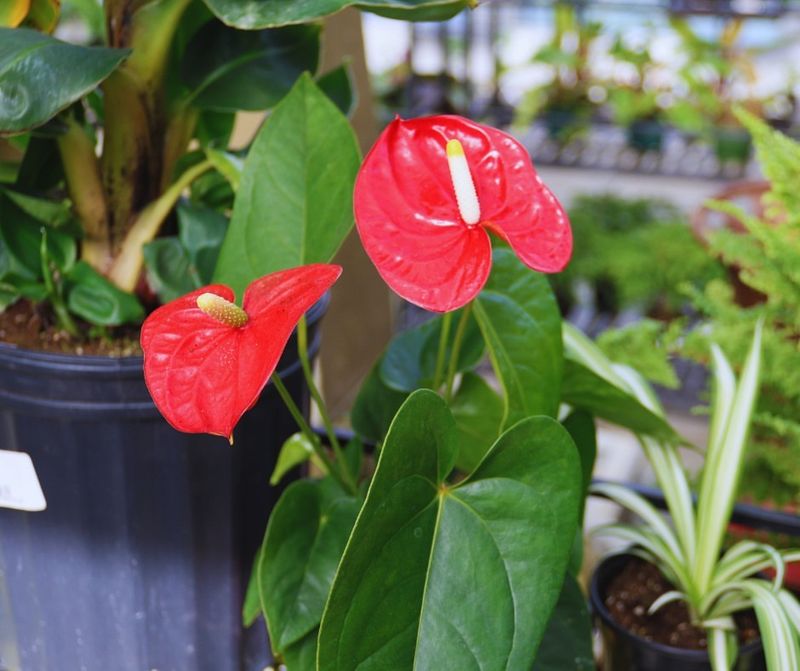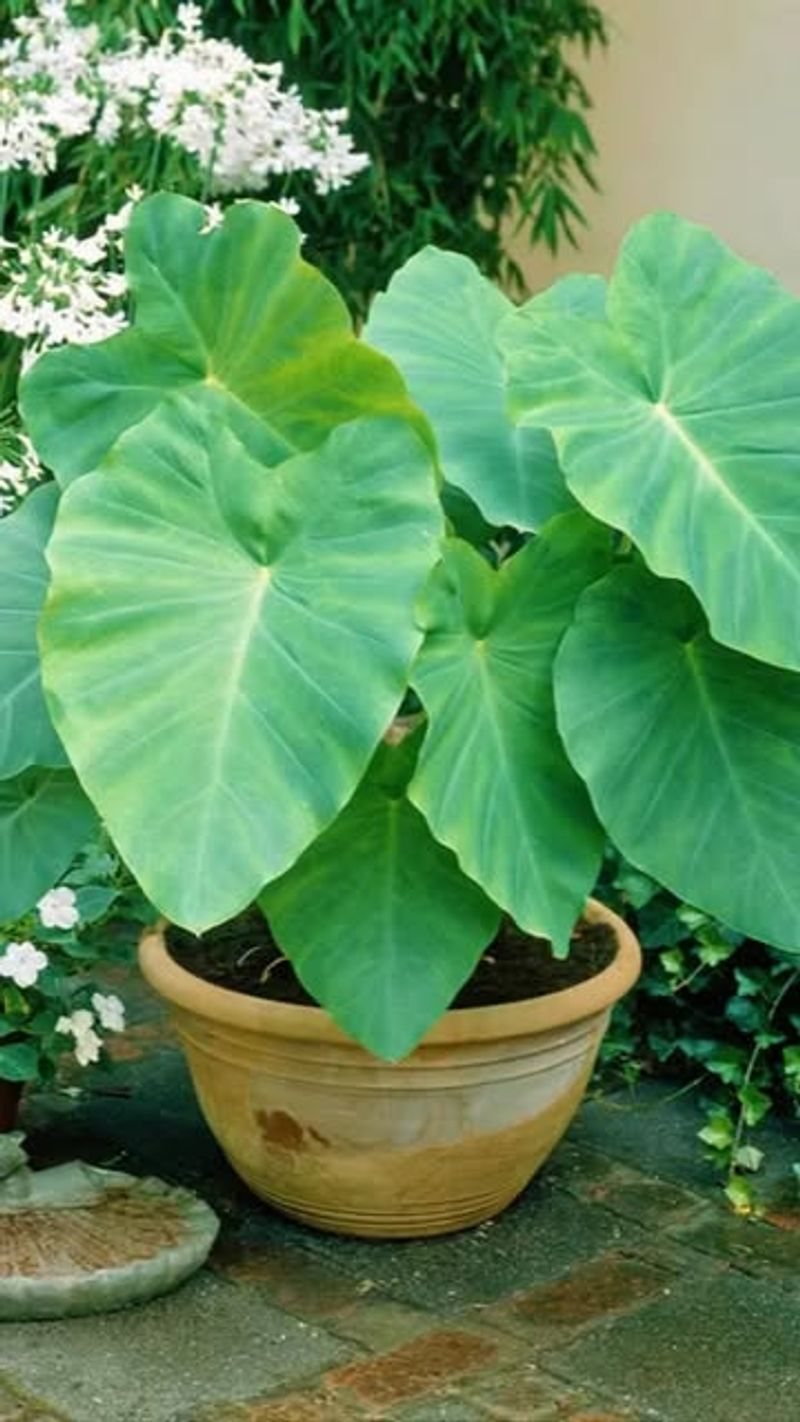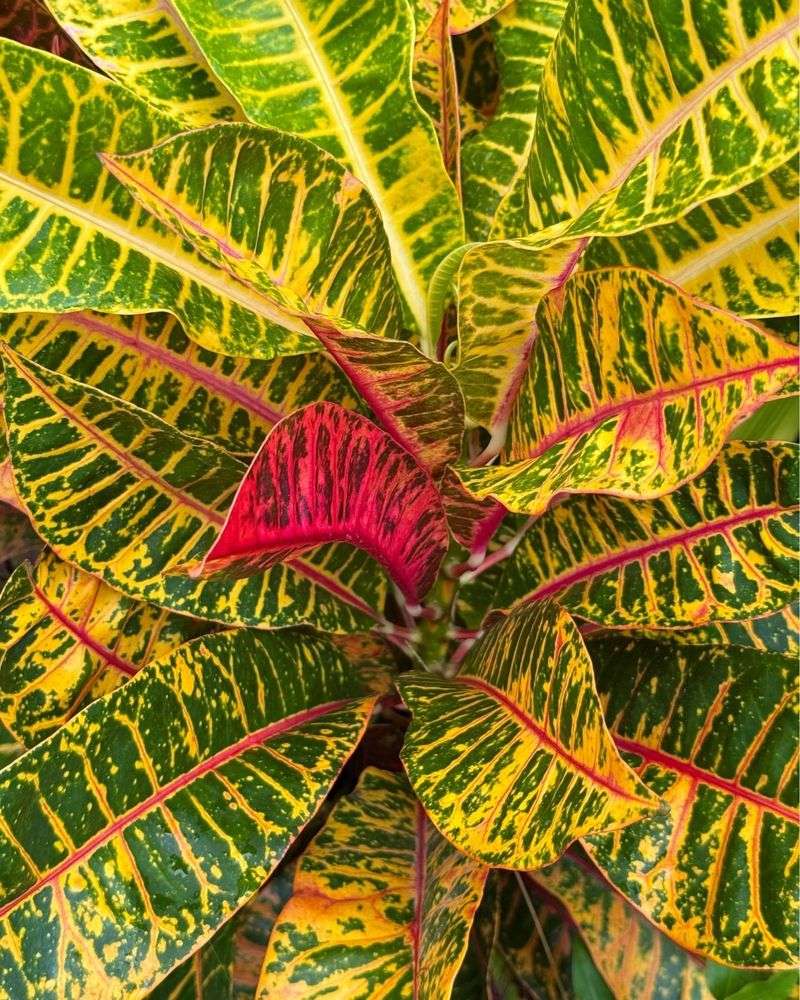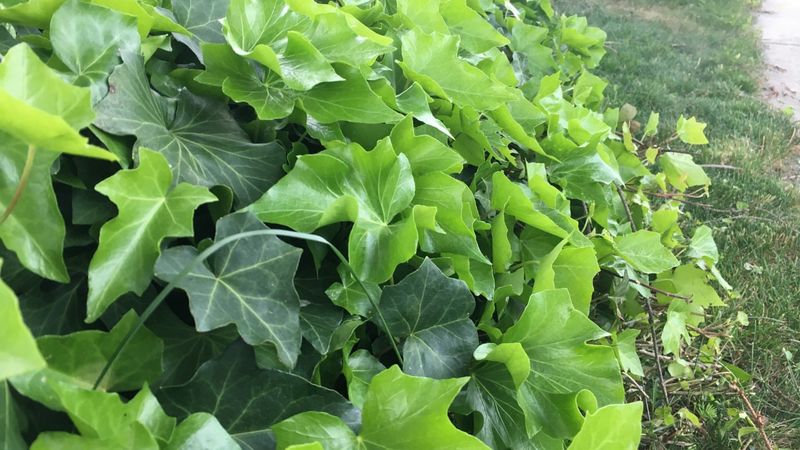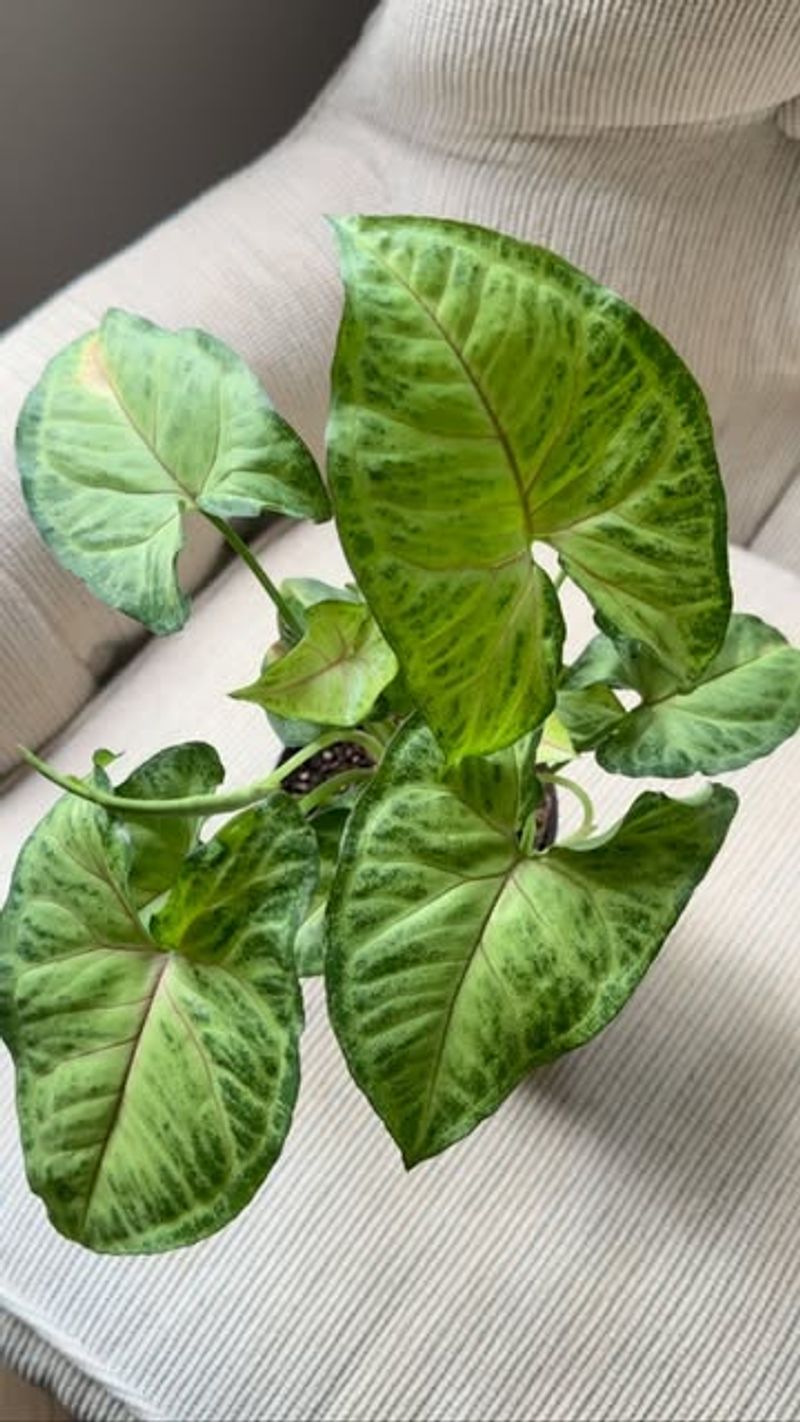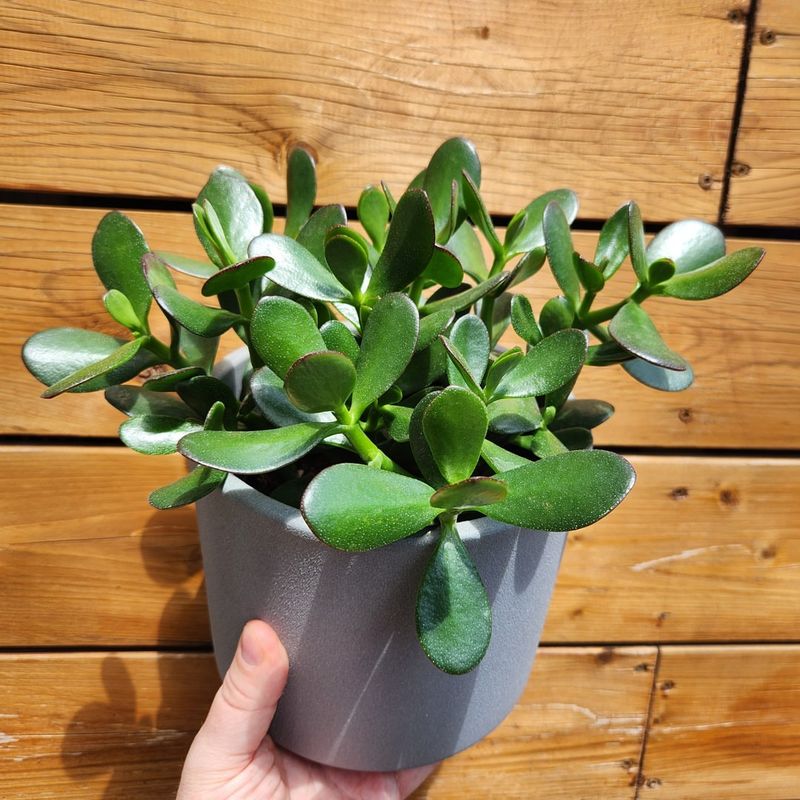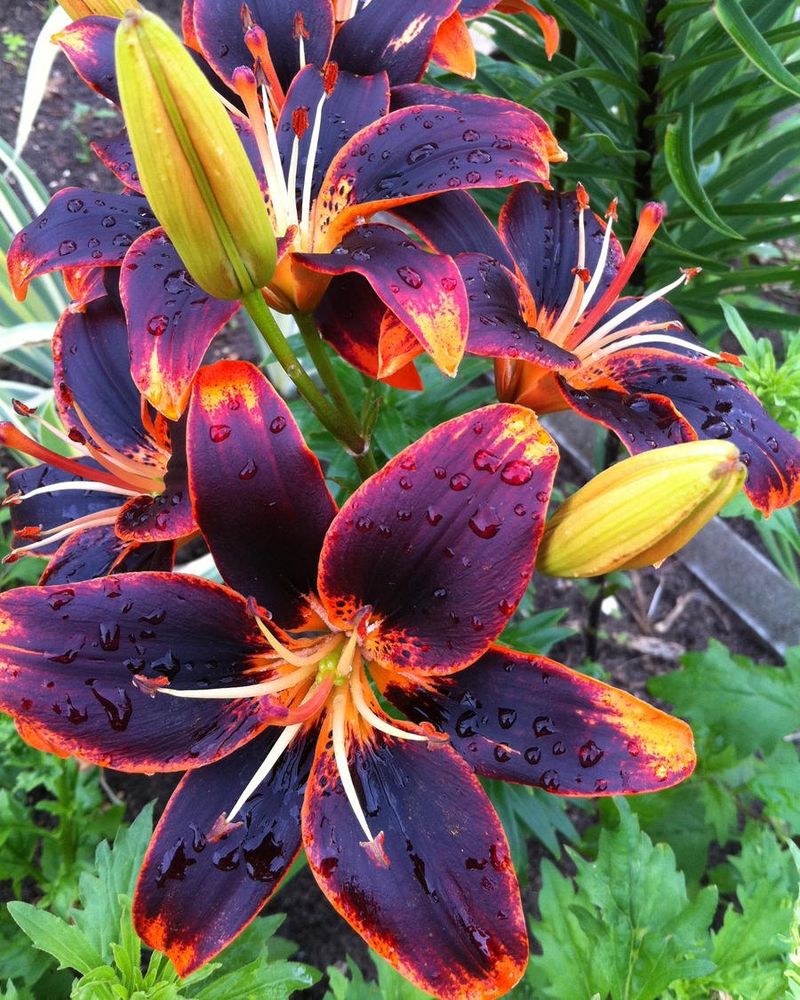Florida homes often feature lush greenery that feels like a breath of fresh air—but some of those popular houseplants can actually be toxic. I’ve seen plenty of beautiful plants that come with hidden risks, especially if you’ve got curious kids or pets around.
It’s easy to forget that not everything green is safe to touch or nibble on. Knowing which plants to watch out for can save a lot of worry down the road.
If you love houseplants but want to keep your home safe, this list is a must-see.
1. Philodendron
Every part contains calcium oxalate crystals that cause painful burning in the mouth and throat. Florida homes often feature these tropical beauties without realizing the danger.
Symptoms include drooling, vomiting, and difficulty swallowing. Keep these common plants away from curious pets and children who might be tempted to take a bite.
2. Pothos
Also called Devil’s Ivy, this trailing plant causes immediate burning sensation if chewed. The sap irritates mucous membranes and can trigger severe swelling of the airways.
Many Florida homeowners choose Pothos for its hardiness without knowing its dangers. Symptoms appear quickly and can include painful mouth irritation, excessive drooling, and difficulty breathing.
3. Dieffenbachia
Nicknamed ‘Dumb Cane’ because chewing it can temporarily affect speech. The plant’s sap contains needle-shaped calcium oxalate crystals that penetrate soft tissue.
Throughout Florida, these plants decorate many homes with their large, patterned leaves. Ingestion causes immediate pain, swelling of the tongue and throat, and potential voice loss in severe cases.
4. Peace Lily
Despite its innocent name, this elegant flowering plant contains calcium oxalate crystals similar to philodendrons. Pets who bite the leaves experience immediate discomfort and irritation.
Florida’s humid climate makes these plants thrive indoors. The white flowers may look harmless, but ingestion can cause drooling, vomiting, difficulty swallowing, and intense burning sensations.
5. Sago Palm
Don’t let its feathery appearance fool you – this plant is highly toxic, especially the seeds. Just one or two seeds can cause liver failure in dogs and serious illness in children.
A favorite in Florida landscaping and as potted plants, Sago Palms contain cycasin, a dangerous toxin. Symptoms include vomiting, diarrhea, seizures, and potentially fatal liver damage without prompt treatment.
6. Caladium
The heart-shaped, colorful leaves make these plants irresistible, but they’re packed with calcium oxalate crystals. Touching the sap can even cause skin irritation in sensitive individuals.
Caladiums grow beautifully in Florida’s climate both indoors and out. If ingested, expect immediate burning pain, swelling of mouth and throat tissues, excessive drooling, and potential breathing difficulties.
7. Oleander
One of the most dangerous plants found in Florida homes and gardens. All parts contain cardiac glycosides that can disrupt heart rhythm and cause death even in small amounts.
The beautiful flowers belie its extreme toxicity. Florida gardeners should be especially careful, as even burning oleander releases toxic smoke, and water in which leaves have soaked can be poisonous.
8. Dracaena
Popular for their architectural form and air-purifying qualities, these plants hide a toxic secret. The leaves contain saponins that can cause vomiting, excessive drooling, and dilated pupils in pets.
Florida’s indoor plant enthusiasts often choose Dracaenas for their tropical look. While mild for humans, cats and dogs can experience digestive upset, weakness, and in rare cases, more serious symptoms requiring veterinary care.
9. Aloe Vera
Surprising to many, this medicinal plant contains compounds toxic to pets. The gel inside is safe for humans, but the outer leaf contains aloin, which causes digestive distress in animals.
Many Florida households keep aloe as a sunburn remedy. While beneficial for human skin, pets who nibble on aloe can experience vomiting, lethargy, diarrhea, and changes in urine color if they ingest significant amounts.
10. ZZ Plant
Virtually indestructible and perfect for Florida’s varying indoor conditions, but contains calcium oxalate crystals throughout. The waxy, dark green leaves can cause irritation if handled with cuts on hands.
The plant’s sap can trigger skin rashes in sensitive individuals. If pets or children chew on ZZ Plant leaves, they’ll experience immediate burning sensation, swelling, and potential digestive upset requiring medical attention.
11. Anthurium
Known for heart-shaped flowers, these tropical beauties contain calcium oxalate crystals that cause immediate pain upon contact with mouth tissues. The glossy leaves and flowers are particularly attractive to curious pets.
Florida’s humidity creates perfect growing conditions for anthuriums indoors. If ingested, expect oral irritation, excessive drooling, swelling of the tongue and lips, and difficulty swallowing that requires prompt medical attention.
12. Elephant Ear
These massive-leaved plants contain insoluble calcium oxalate crystals that cause immediate burning and swelling if chewed. The dramatic size makes them popular in Florida homes despite their toxicity.
All parts of the plant are dangerous, especially the corms. Symptoms include intense pain, difficulty swallowing, and in severe cases, the throat can swell enough to restrict breathing, requiring emergency care.
13. Croton
The vibrant, multicolored leaves make this a Florida favorite, but the milky sap contains toxic compounds. Handling can cause skin irritation, while ingestion leads to more serious problems.
Florida’s climate allows crotons to flourish indoors and out. If pets or children chew the leaves, they may experience burning of the mouth, vomiting, diarrhea, and in severe cases, abdominal pain requiring medical attention.
14. English Ivy
Those trailing vines may look charming, but they contain triterpenoid saponins that are toxic if eaten. Even touching the leaves causes skin irritation in sensitive individuals, especially in Florida’s humid climate.
Commonly grown indoors in Florida homes, this plant causes more severe reactions in pets than humans. Symptoms include excessive drooling, vomiting, diarrhea, abdominal pain, and in rare cases, breathing difficulties requiring veterinary care.
15. Arrowhead Plant
The distinctive arrow-shaped leaves contain insoluble calcium oxalate crystals similar to philodendrons. Many Florida homes feature these as tabletop or hanging plants without knowing the risks.
Contact with the sap can cause skin irritation. If ingested, the sharp crystals cause immediate burning pain, swelling of mouth tissues, excessive drooling, and difficulty swallowing that may require medical intervention.
16. Jade Plant
This popular succulent contains unknown toxins that affect primarily cats and dogs. The thick, fleshy leaves store water well, making them perfect for Florida’s occasional dry spells.
Many Florida plant enthusiasts don’t realize jade plants are toxic. Pets who ingest leaves may experience vomiting, depression, incoordination and slow heart rate. The symptoms can be serious enough to require veterinary treatment.
17. Lily Varieties
While not all lilies are toxic, many popular varieties can be deadly to cats even in tiny amounts. Just a small lick of pollen or nibble of a leaf can cause kidney failure.
Florida’s climate supports many lily varieties both as houseplants and garden plants. Peace lilies, calla lilies, and true lilies all present different levels of toxicity, with true lilies being the most dangerous to feline friends.

